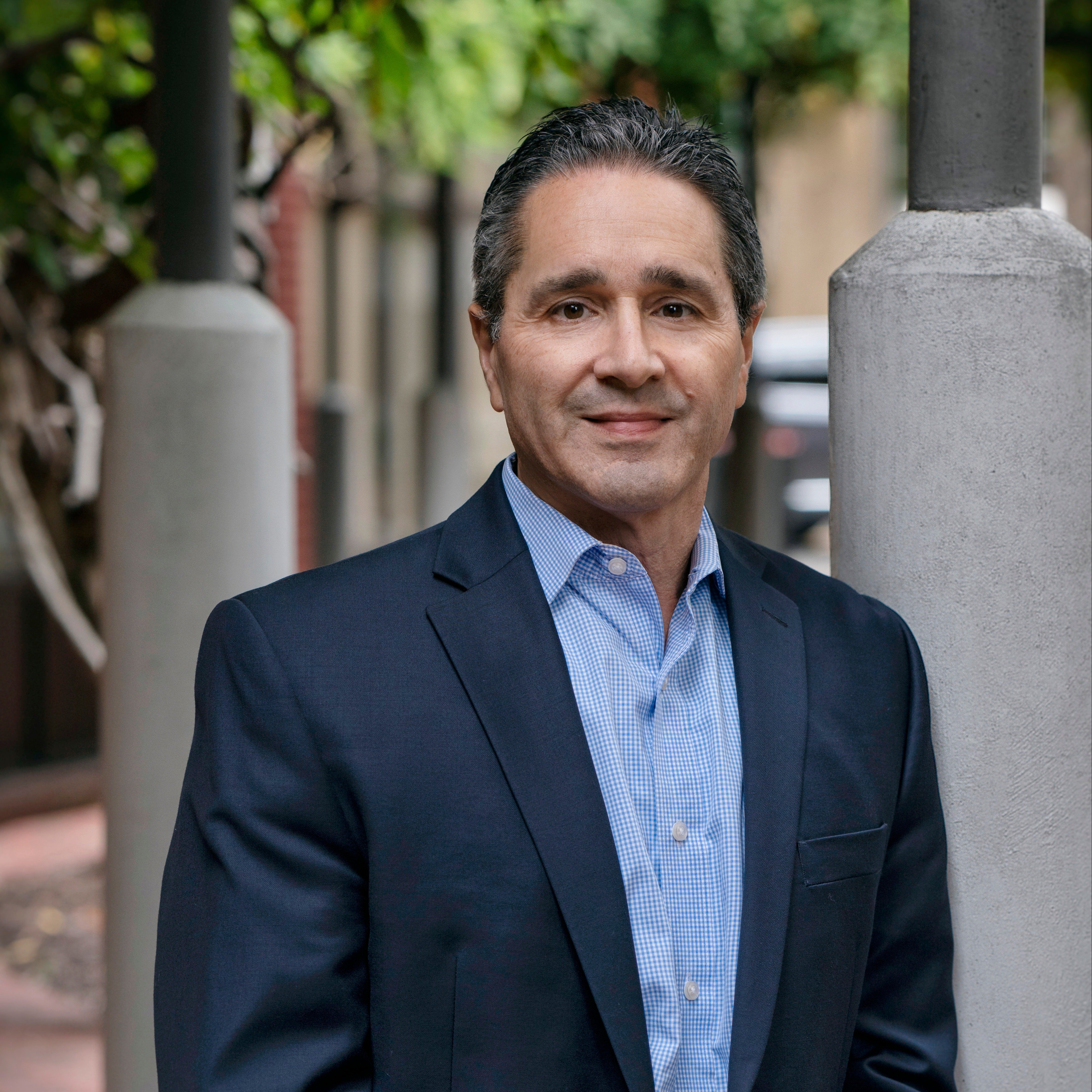 For many companies and organizations, the task of crafting the perfect investment menu can be an overwhelming mission; but it doesn’t need to be. It can be as simple as picking a dish from a menu. A well-made investment lineup is similar to the restaurant menu that offers just the right amount of options to make selecting the perfect dish an enjoyable experience.
For many companies and organizations, the task of crafting the perfect investment menu can be an overwhelming mission; but it doesn’t need to be. It can be as simple as picking a dish from a menu. A well-made investment lineup is similar to the restaurant menu that offers just the right amount of options to make selecting the perfect dish an enjoyable experience.
When we’re constructing an investment menu for our clients, we advise committee members to build-out their investment menu to satisfy three types of investors: 1) the active investor, 2) the passive investor, and the 3) do-it-for-me investor. First and foremost, committee members need to be familiar with their plan's investment policy statement in order to design the line-up fittingly. Below, we detail a few items often included in a well-rounded investment menu.
Actively Managed Funds
For actively managed equity exposure (stocks), we like to offer growth and value funds in most of the major asset classes. For example, large-cap growth, large-cap value, mid-cap growth, mid-cap value, small-cap growth, small-cap value, as well as international growth and international value. We also recommend adding an actively managed international emerging markets fund.
For actively managed fixed income exposure (bonds), we like to offer an intermediate term bond fund along with a multi-sector or strategic fixed income fund. Additionally, we add a money market or stable value fund.
An actively managed investment fund is a fund in which a manager or management team makes decisions about how to invest the fund’s money. Such decisions are made in an attempt to do better than the market and involve actively choosing which investments to purchase, hold, and sell for the fund. The fund manager performs an analysis using in-depth techniques and methods that may involve numerous investment options. The goal of an actively managed fund is to perform better than the specific market index with which the fund is being compared.
Passively Managed Funds
We recommend offering a full suite of low cost passively managed index funds to satisfy the needs of passive investors. Our typical line-up includes a large-cap blend index, mid-cap blend index, small-cap blend index, international blend index, and a total bond market index. We prefer to use a single fund family for the entire passive line-up.
Passively managed funds, such as index funds or exchange-traded funds, typically invest in the same securities that make up a particular market index in an attempt to match the performance of that index. Because there is less work involved with managing passive funds, they tend to have lower fees than actively managed funds. A passively managed fund does not have a management team making investment decisions. Instead, the fund manager creates a fund portfolio that includes most, if not all, of the associated index’s holdings with the goal of trying to achieve the same returns as the index. Instead of making numerous and frequent trades, which occurs with active management, passively managed funds typically hold onto their underlying securities for the long run. Long-term growth and portfolio diversity, which can help minimize risk, are key advantages of passively managed funds.
Do-It-For-Me Investments
Finally, there are two options for investment committees to consider to meet the needs of the do-it-for-me investor that wants to set it and forget it. The most popular choice is target-date funds. It’s important to note that the internal composition of a target-date fund can vary wildly amongst the different target-date fund providers so investment committees need to carefully analyze each target-date fund family in order to find the best match for their organization.
Another option for investment committees to consider for the do-it-for-me crowd is asset allocation funds that are designed to align with an investor’s specific risk profile. There are pros and cons for both of the do-it-for-me options so committees need to determine which option is the best match for their organization. Although uncommon, some investment committees choose to offer both target-date funds and asset allocation funds to best meet the needs of their plan participants.
Investments in target date or target retirement funds are subject to the risks of their underlying holdings. The year in the fund name refers to the approximate year (the target date) when an investor in the fund would retire and leave the workforce. The fund will gradually shift its emphasis from more aggressive investments to more conservative investments based on its respective target date. The performance of an investment in a target date or target retirement fund is not guaranteed at any time, including on or after the target date, and investors may incur a loss. Target date and target retirement funds are based on an estimated retirement age of approximately 65. Investors who choose to retire earlier or later than the target date may wish to consider a fund with an asset allocation more appropriate to their time horizon and risk tolerance.
Remember, don’t complicate matters by offering too many investment options in your plan’s investment menu. A simple straightforward easy to understand investment line-up will satisfy the active, passive and do-it-for-me investors in your organization.
